Key Takeaways
- Murder hornets are notably larger than common wasps, measuring around 1.5 to 2 inches, with distinctive bright orange-yellow heads and black-orange bodies.
- Despite their intimidating name, murder hornets generally aren’t aggressive towards people unless their nests are disturbed.
- Several native insects (like cicada killer wasps, European hornets, bald-faced hornets, and yellowjackets) are often mistaken for murder hornets but can be distinguished by size, coloration, and behavior.
- Murder hornets pose the greatest threat to honeybee populations, significantly impacting ecosystems due to their aggressive predation.
- If you encounter a suspected murder hornet, remain calm, maintain a safe distance, document safely with photos, and report promptly to local authorities or pest control specialists.
- Accurate identification is crucial to protect beneficial insects and maintain ecological balance, avoiding unnecessary panic and harmful actions.
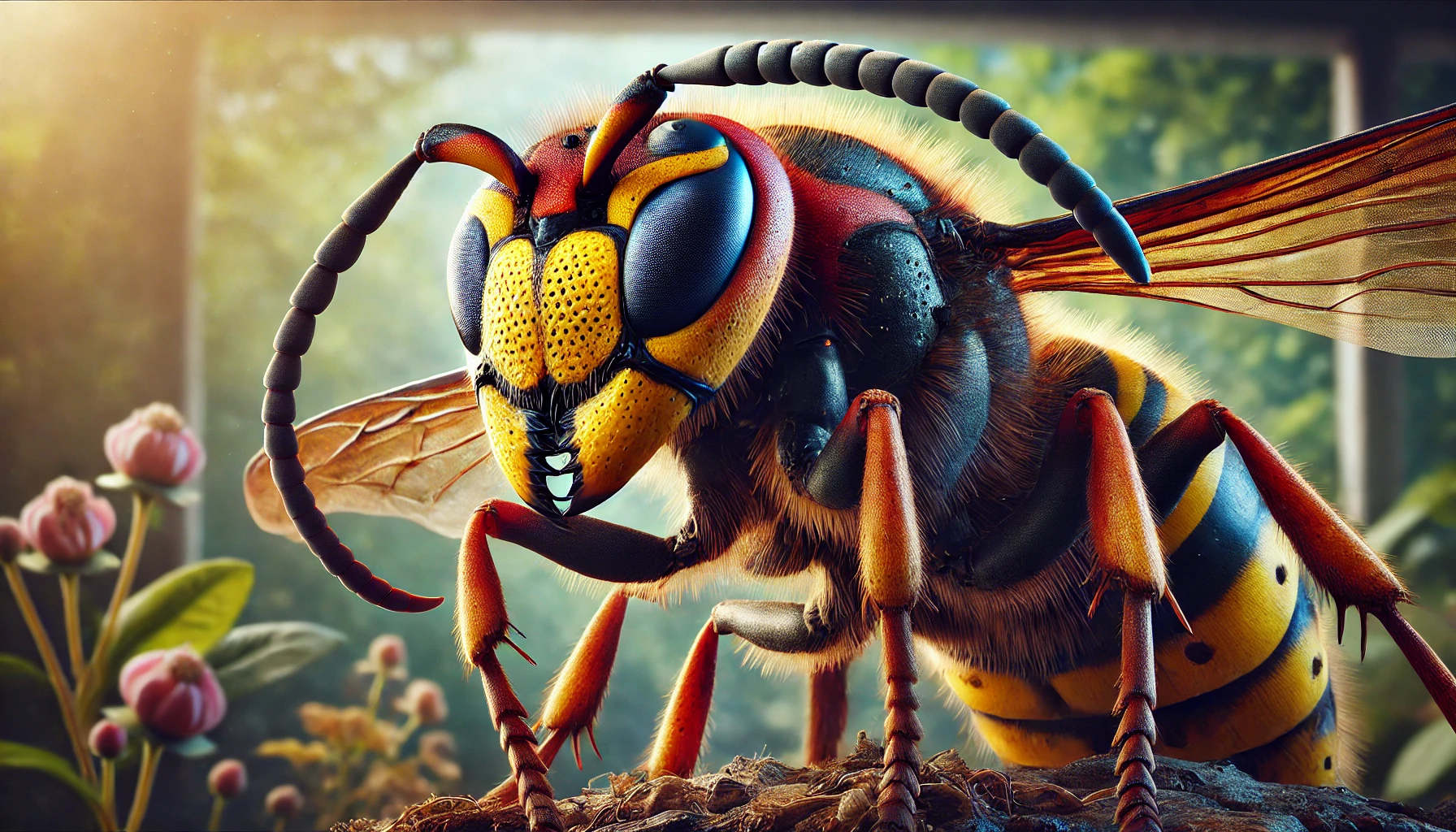 You might have heard of the ‘murder hornets’ and asked yourself, ‘What’s all the fuss about?’ It sounds like a plot from a horror movie, but with a name and nature like murder hornets, they seem straight out of one. The truth is they are real and enormous, and spotting one could be disturbing. So how do you determine if what you saw was a murder hornet or just another wasp?
You might have heard of the ‘murder hornets’ and asked yourself, ‘What’s all the fuss about?’ It sounds like a plot from a horror movie, but with a name and nature like murder hornets, they seem straight out of one. The truth is they are real and enormous, and spotting one could be disturbing. So how do you determine if what you saw was a murder hornet or just another wasp?
First Things First: Key Features of Murder Hornets
-
The first thing you’ll notice about murder hornets is their enormous size. Imagine seeing something flying around your yard almost the length of your thumb! These insects aren’t subtle—they’re large enough to catch your attention instantly.
-
Size: Typically 1.5 to 2 inches long—about twice the length of a standard paperclip.
-
Coloration: They have dark orange or yellow stripes set against a black body, making them highly noticeable.
-
Head: Bright orange-yellow heads with large, teardrop-shaped black eyes give them a striking look.
-
Wings: Transparent with a slight amber tint and roughly a 3-inch wingspan—similar to a phone screen width.
-
Stinger: A quarter-inch stinger that doesn’t fall off after stinging, allowing multiple painful strikes.
Here’s a more apparent breakdown:
Is That a Murder Hornet—Or Something Else?
Before you rush to conclusions (or panic), let’s pause. There are quite a few insects native to the US that get mistaken for murder hornets. Here’s how you can quickly tell them apart: Eastern Cicada Killer Wasp Cicada killers hold importance, but their tinting is not as cool. They have splotchy yellow patches for stripes. Also, they would rather hunt cicadas than bother bees or people, and will leave you undisturbed if you would leave them alone.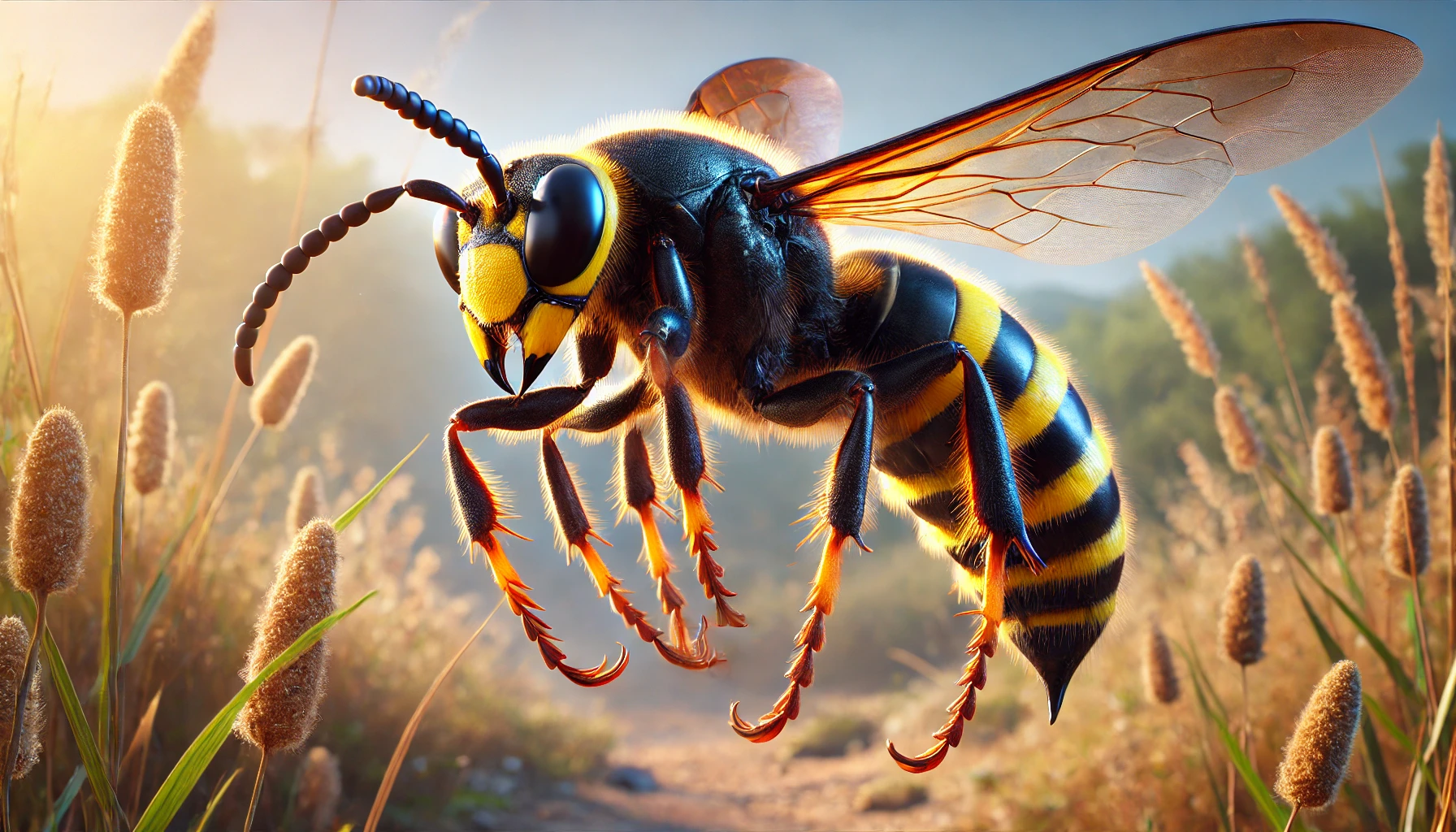

Not getting a solution?
Get your free pest control estimate today!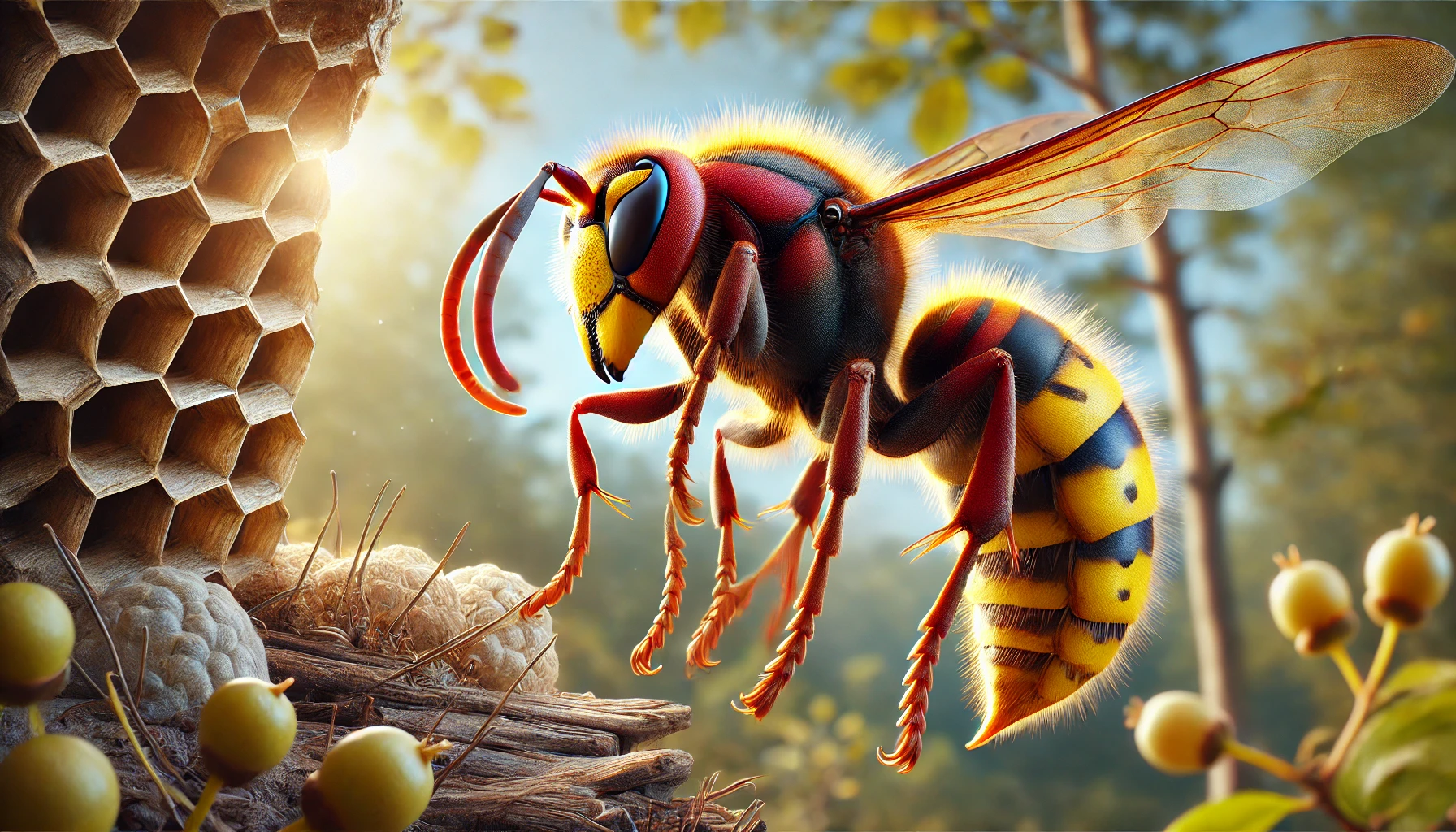 Bald-Faced Hornet
If you see something black and white hovering near a tree, relax—that’s just a bald-faced hornet. They’re smaller (about 0.75 inches) and easily recognizable due to their distinctive coloration. They commonly build those basketball-shaped paper nests that hang from trees and eaves.
Bald-Faced Hornet
If you see something black and white hovering near a tree, relax—that’s just a bald-faced hornet. They’re smaller (about 0.75 inches) and easily recognizable due to their distinctive coloration. They commonly build those basketball-shaped paper nests that hang from trees and eaves.
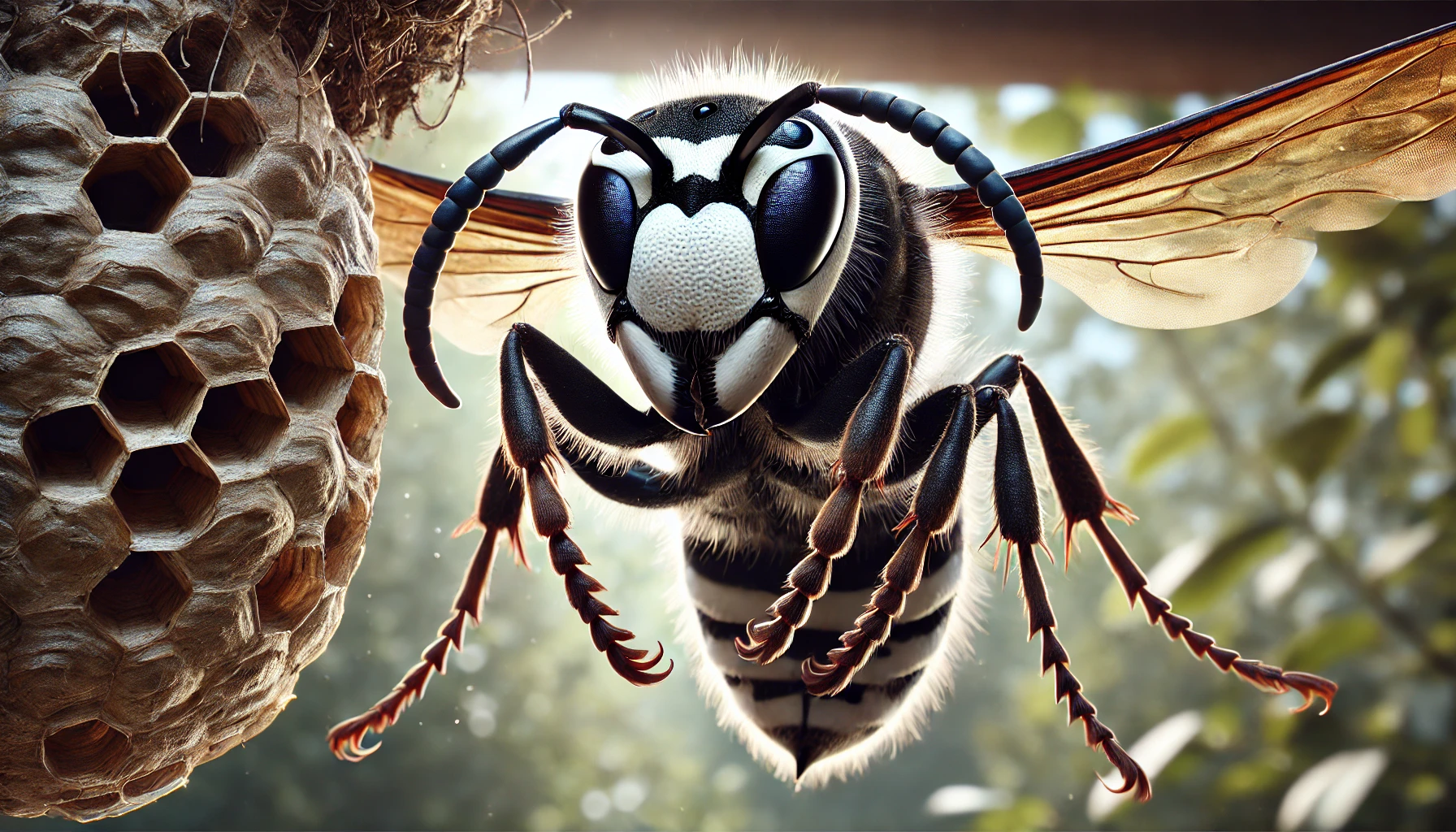 Yellow Jackets and Paper Wasps
These insects often show up at barbecues or picnics, causing plenty of annoyance but little confusion regarding identity. They’re much smaller (under an inch), bright yellow and black, and aggressive around sugary foods. You’ll spot these pests easily because they like crashing outdoor parties, unlike murder hornets, who typically avoid human gatherings.
Yellow Jackets and Paper Wasps
These insects often show up at barbecues or picnics, causing plenty of annoyance but little confusion regarding identity. They’re much smaller (under an inch), bright yellow and black, and aggressive around sugary foods. You’ll spot these pests easily because they like crashing outdoor parties, unlike murder hornets, who typically avoid human gatherings.
What’s Daily Life Like for Murder Hornets?
- Understanding the behavior and habits of murder hornets helps you spot potential dangers and know how to react:
-
Nesting Habits: Unlike typical hornets, they nest underground—often in abandoned rodent dens or tunnels they dig themselves.
-
Diet and Hunting: Peak hunting season is late summer through fall when they aggressively attack honeybee colonies.
-
Social Structure: They live in colonies with a queen and workers, operating in a highly coordinated and efficient manner.
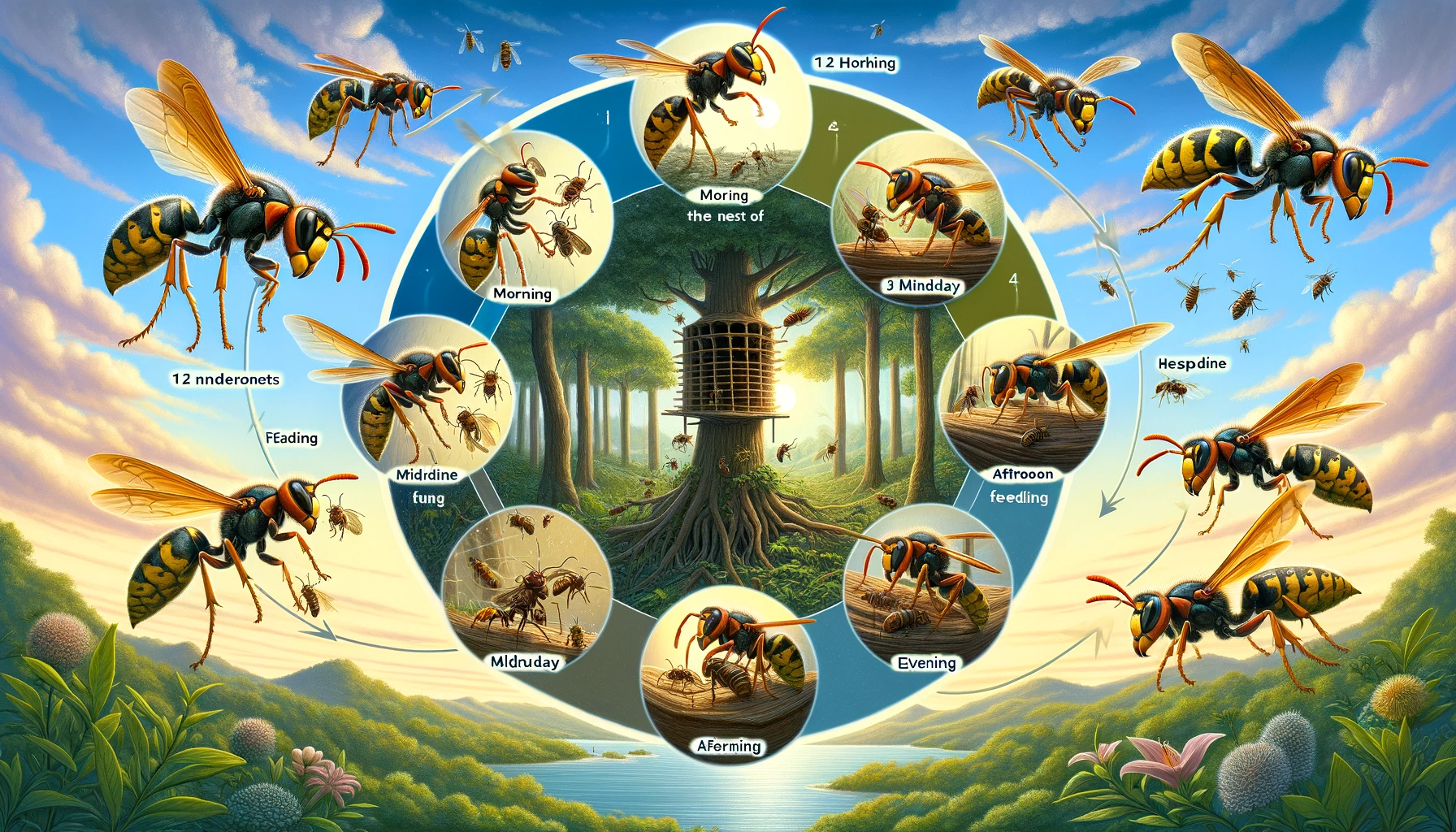
Just How Dangerous Are They?
- The name “murder hornet” sounds terrifying, but these insects aren’t typically aggressive toward humans without provocation. Still, you should keep your distance.
-
Painful Stings: Their venom causes intense pain, swelling, and sometimes severe allergic reactions—multiple stings may need medical care.
-
Aggression Level: They’re not aggressive toward humans unless their nest is threatened. Stay calm and avoid provoking them.
Okay, You’ve Spotted a Murder Hornet—Now What?
- First things first: Don’t panic. Easy for me to say, right? But seriously, staying calm is crucial.
-
Maintain a Safe Distance: Don’t attempt to kill or capture it. Stay calm and keep away to avoid triggering aggression.
-
Document the Encounter: If safe, take a clear photo from a distance to help experts identify the species.
-
Report It Promptly: Contact local agricultural or pest control authorities immediately for professional response.
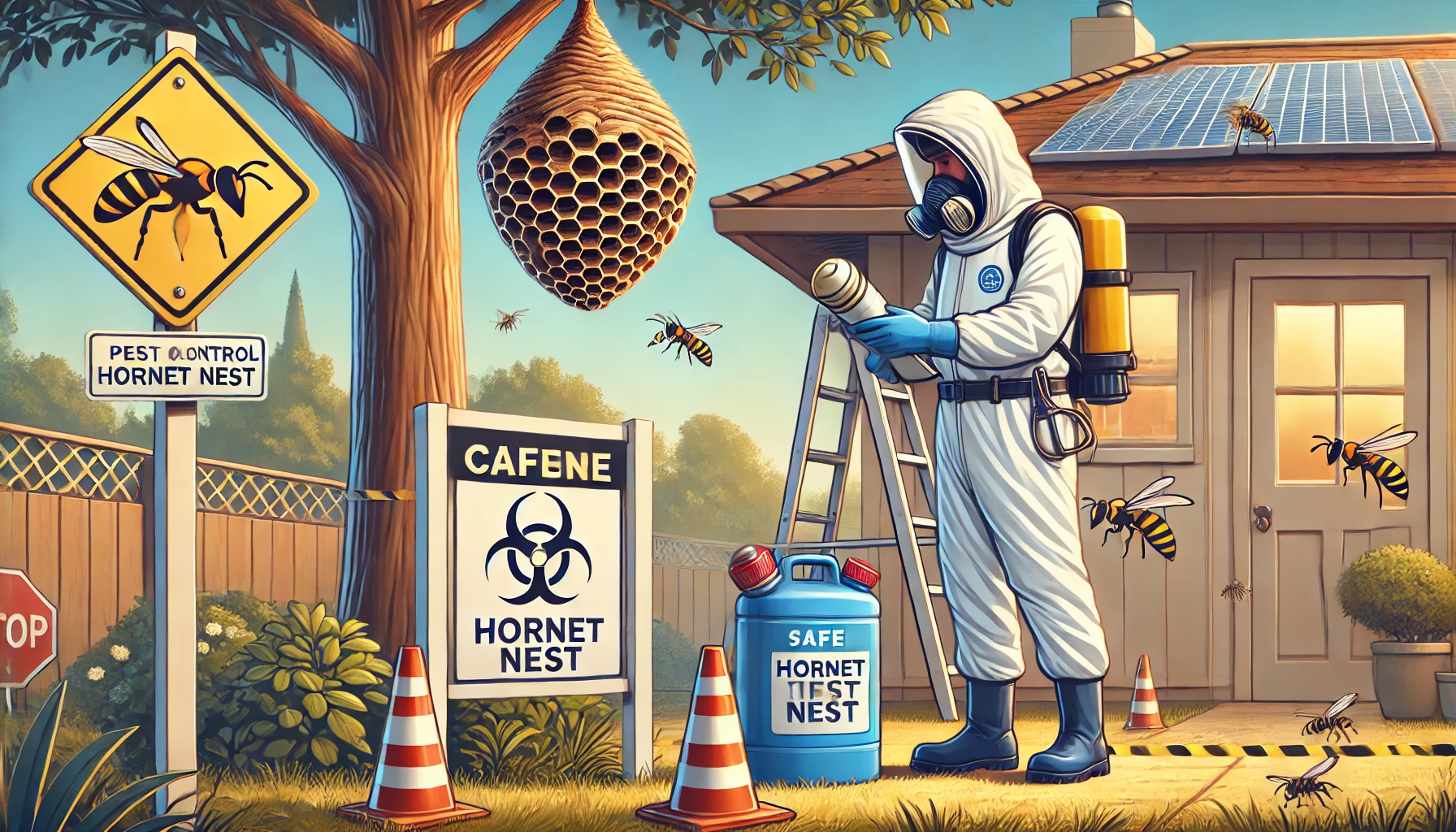
Accurate Identification—Why Does It Matter So Much?
Misidentifying hornets can cause unnecessary panic and harm to beneficial insects vital for maintaining a balanced ecosystem. Double-checking identification ensures we protect our local wildlife and maintain ecological harmony.- Use trustworthy guides or online resources for accurate identification.
- Reach out to local pest control professionals or your extension office for reliable confirmation.
If you feel things have gone out of control, it is advised to contact pest control professionals. Our team can provide a customized approach to protect your home effectively.
Visit our Species, Control, and DIY Guide sections for additional resources on hornet and ways to tackle a hornet infestation.





